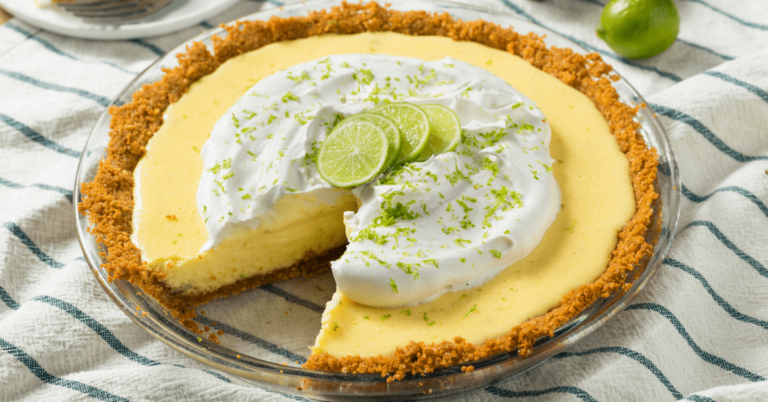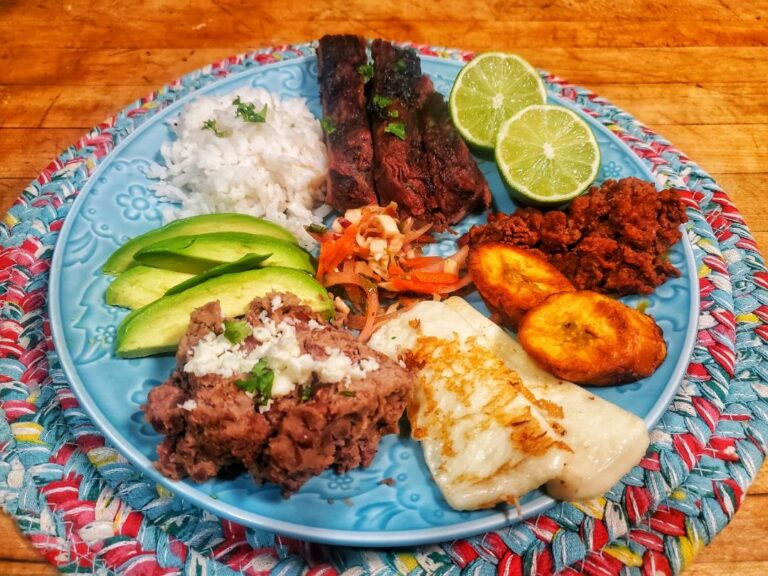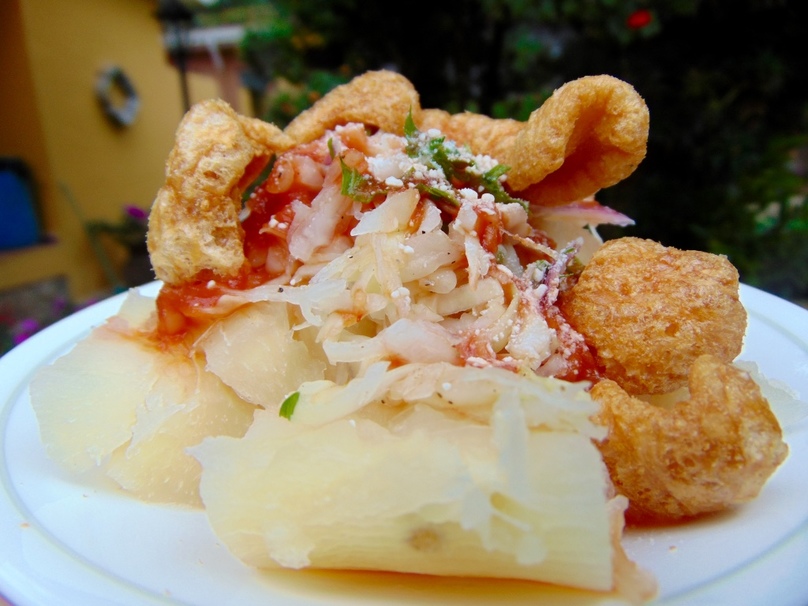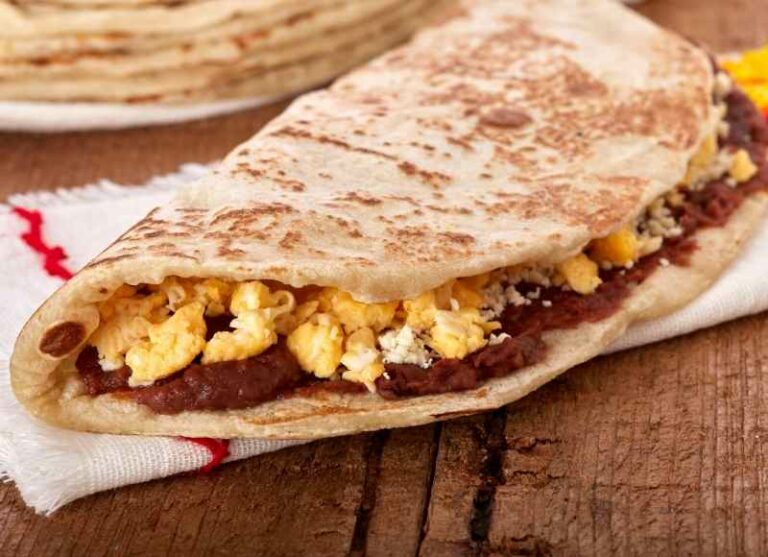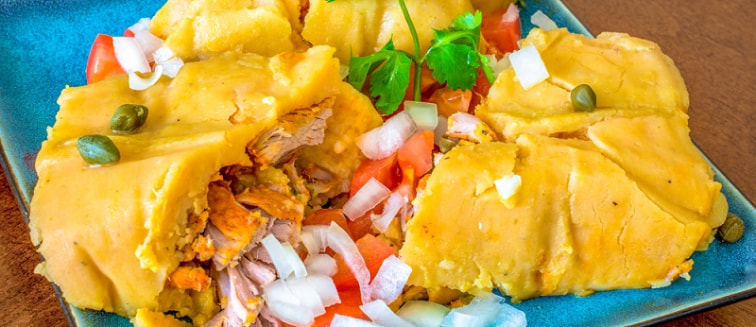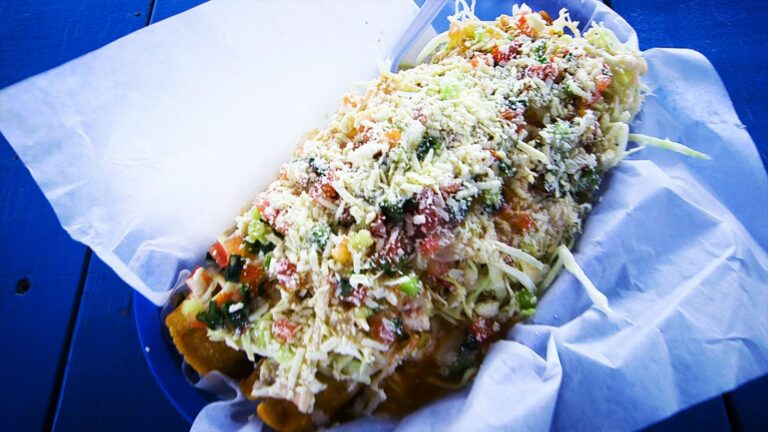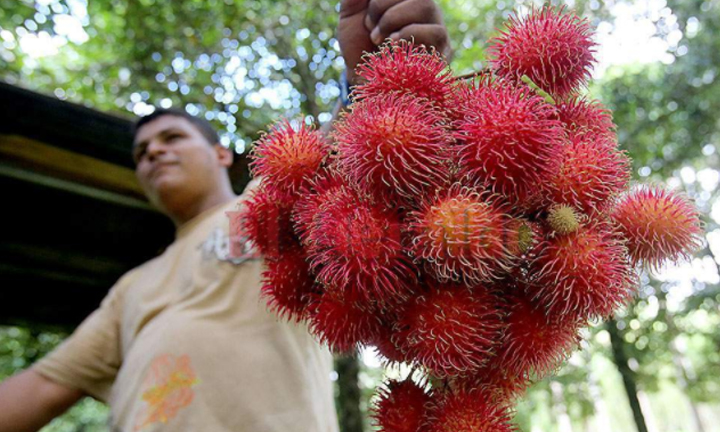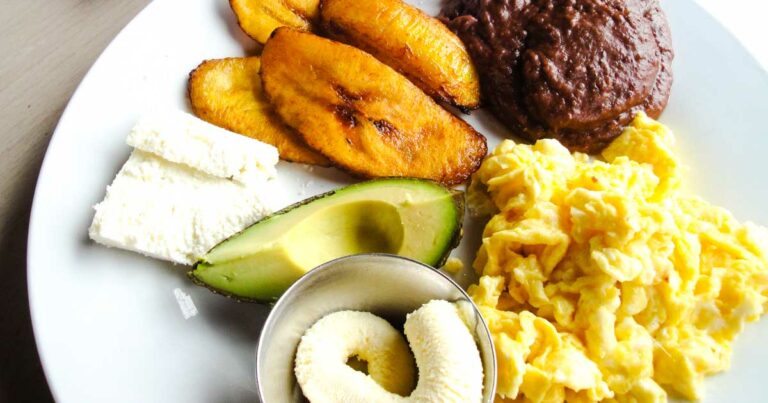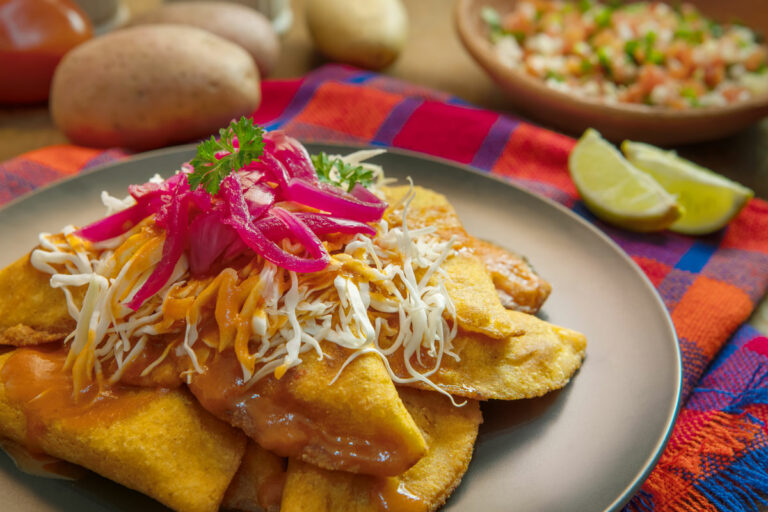Introduction: Honduran Desserts
Honduran cuisine is a delightful blend of Indigenous, African, and Spanish flavors and influences. The country is known for its delicious and hearty meals, but it also has a rich history of sweet treats and desserts. Honduran desserts are often made with locally sourced ingredients and are a reflection of the country’s cultural heritage.
In this article, we will explore some of the most traditional Honduran desserts that are loved and enjoyed by locals and visitors alike. From the sweet and creamy Tres Leches Cake to the indulgent Platanos en Tentacion, these desserts are sure to satisfy any sweet tooth.
Sopa Borracha: A Drunken Soup
Sopa Borracha, which literally means “drunken soup,” is a popular dessert in Honduras. This dessert is made by soaking sponge cake or ladyfingers in a sweet and boozy mixture of rum and sugar syrup. The cake is then layered with whipped cream and topped with a sprinkle of cinnamon.
Sopa Borracha is typically served during special occasions such as Christmas, weddings, or birthdays. It is a rich and decadent dessert that is sure to impress your guests.
Platanos en Tentacion: Tempting Plantains
Platanos en Tentacion is a delicious and tempting dessert made with ripe plantains, brown sugar, butter, and cinnamon. The plantains are sliced and fried until golden brown and then coated in a caramelized syrup made with brown sugar and butter. The dish is then sprinkled with cinnamon and served with a dollop of whipped cream.
This dessert is a perfect combination of sweet and savory flavors and is a favorite among Hondurans. It is often served during special occasions or as a special treat for family and friends.
Tres Leches Cake: Three Milks Treat
Tres Leches Cake, which translates to “three milks cake,” is a popular dessert in Honduras and throughout Latin America. This cake is made with a sponge cake soaked in a mixture of condensed milk, evaporated milk, and cream. The cake is then topped with whipped cream and fresh fruit.
Tres Leches Cake is a rich and creamy dessert that is perfect for any occasion. It is often served at birthdays, weddings, or other celebrations.
Chilate: A Chocolatey Drink
Chilate is a traditional Honduran drink that is often served as a dessert. This drink is made with cocoa powder, cinnamon, sesame seeds, and cornflour. The ingredients are mixed together with water and boiled until thick and creamy. The drink is then sweetened with brown sugar or honey and served with a side of sweet bread.
Chilate is a warming and comforting drink that is perfect for cold days or after a hearty meal. It is a traditional drink that has been enjoyed by Hondurans for generations.
Baleadas Dulces: Sweet Honduran Tortillas
Baleadas Dulces is a unique and delicious dessert that is made with flour tortillas, sweetened condensed milk, and cheese. The tortillas are cooked until golden brown and then filled with a sweet and creamy mixture of condensed milk and cheese.
This dessert is a modern twist on the traditional Baleadas, which are savory tortillas filled with beans, cheese, and meat. Baleadas Dulces is a popular street food in Honduras and is often enjoyed as a sweet snack or dessert.

